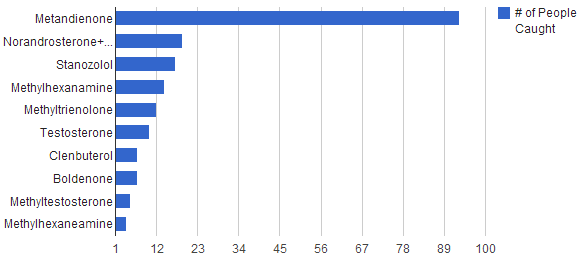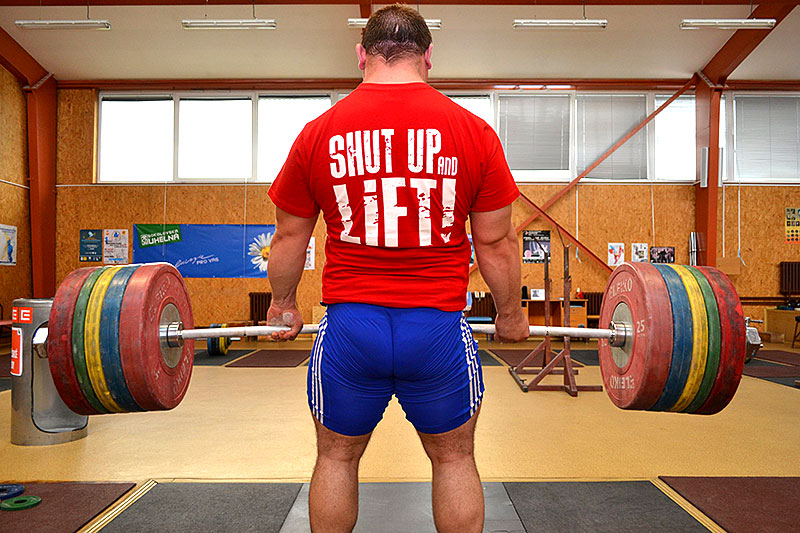(Originally published in September 2012)
Here is a special about Kazakhstan’s Number Waaan, Ilya Ilin. It shows some amazing training lifts he did prior to the London Olympics.
- 196kg Snatch (at 14:45) after missing 190kg 6 times.
- 240kg Clean & Jerk (at 15:30).
Update: Video with subtitles from Vladimir. Thanks again buddy!
Ilya Ilin: Science of Victory, English Subtitles
Transcript
“I am confident that the example set by our Olympians will bring up hundreds of future champions…”- Nursultan Nazarbayev
Year 2012, Almaty
Crowd chanting: “Well done Ilya!”
Ilya Ilin: Congratulations! This is our medal!
In spite of tiredness, in spite of pain, to beat yourself, to overcome the circumstances, no time for stopping, to reach the impossible – to win.
August 2012
Kazakhstan is celebrating the excellent performance of their athletes at the London Olympic Games.
Team Kazakhstan has taken the 4th place in the amount of records that was set, only losing to US, China and Russia.
In the overall medal count table, Kazakhstan has taken 12th place, with 13 medals. 7 Gold, 1 Silver and 5 bronze.
- Alexander Vinokourov
- Serik Sapiev
- Ilya Ilin
- Zulfiya Chinshanlo
- Maiya Maneza
- Svetlana Podobedova
- Olga Rypakova
- Daniyal Gadzhiyev
- Marina Volnova
- Guzel Manyurova
- Ivan Dychko
- Akzhurek Tanatarov
- Adilbek Niyazymbetov
Astana 2012 (Capitol of Kazakhstan)
Nursultan Nazarbayev: As every Kazakh, I am proud that due to victories of our athletes, our national anthem played and our flag was raised 7 times at the London Olympics. Our team has reached incredible achievements. Kazakhstan became one of the sport leading powers, out of 205 national teams. This is a great victory for the whole of our nation. You justified the hopes of our people, my own hopes. On behalf of all people of Kazakhstan, I’d like to thank you and your coaches and each one that participated in forging those victories.
This was the most successful performance of Kazakhstan throughout its whole history. The special joy was brought to the people after claiming the 2nd gold medal, conquered by Ilya Ilin.
Galina Ilina (Ilya’s Mother): I always get asked whether I am watching all the tournaments/championships that Ilya is participating in and I say I don’t. Then I get asked why? Have you not got time? To which I say, you have to understand I only have 1 heart. It is very hard and nerve wrecking to watch.
Ilya became the only 2 time Olympic champion of Kazakhstan.
At the London Olympics, he lifted 185kg in Snatch and 233kg in clean and jerk to make his total 418kg which became the new world record.
However despite the happiness no one really knows which price Ilin paid for this victory.
On the 24th of May, 1988 in Kyzylorda a boy was born with a height just above average, weighing 4.1kg. The parents called him Ilya. The boy was growing up and developing just like all kids.
Nobody even thought that this kid has been gifted phenomenal strength by nature until the day when Ilya came to a weightlifting gym
He didn’t know himself that ahead of him lies an incredible sports career.
In December 2001, at a Kazakh weightlifting championship, a special prize was given to the youngest 13 year old participant from Kyzylorda- Ilya Ilin. In 2005 Ilya wins the Junior World Championship and also wins a senior championship that year.
Doha(Qatar) 2005
Gold in the 85kg category. Result: 386kg. World Record.
In 2006, he repeats his success by getting two gold medals.
In December 2006, Ilya wins the Asian championship in Qatar, with a result of 401kg. 175kg in Snatch and 226 clean and jerk. He then starts preparing for Olympic Games.
Ilya: I am going to keep working and getting ready as the Olympics is the main event, these are all just qualifiers. But the Olympics is all that matters.
Olympic Games of 2008 in Beijing
The world’s attention is attracted by the heavy weightlifting competition. Kazakhstan is represented by Ilya Ilin.
By that time he is 2 times world champion and Asian games champion. At this competition, in spite the injury received during previous competitions, Ilin gets a gold medal.
Ilya Ilin (Beijing 2008): When I tried the 180kg, it actually felt lighter than 175. Although when I lifted the barbell everyone has heard the crunch because the bar went a bit further back. What can I say, at least I still have good elasticity and I managed to hold it. It did hurt a lot indeed. Big thanks to the referees as I think that I wouldn’t be able to hold it up much longer. I didn’t really need the 3rd attempt, but at the same time I don’t think I’d be able to do any other weight, I’d probably break my arm. When I sat down on the podium I felt so easy and free.
Ilin wins with a result of 180kg in snatch and 226kg in clean and jerk and becomes the first Kazakh medallist at these Olympic Games.
The second and the last Olympic gold medal at these competitions for the Kazakhs was brought by the boxer- Bakhyt Sarsekbayev.
At home, the gold medalist Ilin is greeted like a real hero. Pride and glory. But the 20 year old athlete couldn’t even imagine that at home he has a fight which is tougher than the one he faced at the Olympic podium.
The Olympic Games in Beijing has taught him a few lessons. Ilya has managed to prove that he is not only physically strong, but also able to face the difficulties that often happen after a grand competition.
Ilya: From the age of 16 to 20, I was working my way towards this medal, I mean professionally preparing; the workloads were colossal
Physical emptiness, misunderstanding and pain has lead to Ilin training on his own.
The president has found out the problems that were faced by the Olympic champion and during an online conference he’s put an end to it.
Nursultan Nazarbayev(2009): The champion of our Olympic Games is Ilya Ilin. People said all sorts of things. When he claimed the gold, everyone was glad and happy. Now that he’s got a little bit ill and also got a child, so when he can’t do complete some exercise routine, everyone ‘set the dogs’ on him. It’s not right. He couldn’t come to an agreement with sport authorities. Yesterday, I have ordered to sort this outrage and solve this issue. I think Ilya is a good guy. He will continue to train and I am sure that he’ll get us a gold medal in London.
Ilya Ilin: Thanks to the president, I am where I am now. If it wouldn’t be for him, they’d ‘bury’ me.
In history of weightlifting and any sport, there has been a lot of cases when after a big competition, athletes couldn’t handle all the new circumstances anymore. And only real champions find the inner resources to mobilise themselves and prove many times in the future to withstand all the setbacks and show their superiority.
Ilin did come back to the national team but still couldn’t resolve understanding with his coaches.
He offered his friends, Toyshan Bektemirov and Erzhas Boltaev to train him. These young individuals have put a big responsibility on their shoulders- to prepare Ilin for the World Championship in Paris.
Ilya: I wrote an official letter saying that I want Toyashan to be my coach. Full stop. Not because he is mastered, but simply because he watches my back and I do the same for him. He is a very organised, serious person and he became my coach because it’s easier for me. My 2nd coach- Erzhas. I know him for quite a bit, he is a young and talented coach who has a great future in perspective with regards to coaching. So it turns out like this: One lifts well, one coaches well and Toyashan looks after everything else that we don’t have time for.
Coach: We worked out a specific regime for Ilya. His food etcetera was all held under strict control. The stakes were high- the gold of the World Championship.
Not many did believe in their success
Paris 2011
The victory in Paris was a case of principle for Ilin. He ought to have proven to everyone and especially to himself, that he is not done with weightlifting yet.
Wounded but not defeated, he wins. That is why he can’t hold his tears at the reward ceremony.
Ilin: Now all we have left is London and after that, we’ll see. 7 Months of training and it should all be ok.
Coming back home, he is already 3 times World Champion. People in the country started talking already that Ilin is back.
Ilya: Straight after the World Championship, I am performing here. In front of you all, I would like to say that this victory is dedicated the 20 years of our independence. It’s dedicated for you personally- Nursultan Nazarbayev.
July 2012
The only aim he had left was the London Olympic Games; Ilin continues to train using the same regime.
Reporter: This is the morning training of Ilya Ilin and it finishes with him squatting 240kg, it is done to strengthen up the legs of the athlete for the evening training. I am going say right away that for an untrained person like me, it’s not possible to lift this barbell (yanks on the bar). At most you can just roll it, however at the evening training, the Olympic champion will be squatting 270kg.
Erzhas Boltaev: The weekly plan consists of: On Monday he does 95% of his 1RM. So if say he can lift 100kg, on Monday he’ll be lifting 95kg, 85% on Tuesday, 90% on Wednesday. On Thursday he undergoes stretching like you see now, plus a good warm up. On Friday we go for his limit and this is the programme. Pretty much every Friday, the athlete lifts his maximum.
And here is one of the most exhausting trainings of the Olympic Champion (here the clips of missing 190kg 6 times begins).
It doesn’t work out to start with. He is unable to lift it. So it is decided to drop several kilos (back to 170kg – easy, 180kg).
According to what he lifts this week, we write out a programme for the next week.
Toyshan Bektemirov: The diet is pretty strict. Ilya doesn’t eat fried food, fat food. We had few sport doctors that made up a menu for us. At the moment we are following this menu and you can see the results. At the moment he is at his peak.
Reporter: How are you feeling overall?
Ilya: Superb. I am feeling great; I got closer to 240kg which is the Soviet record. Probably need to increase the weight a bit but I think 185kg and 230kg should be enough to win the Olympics.
London 2012
With that sort of confidence Ilin has come up to the Olympic Podium.
Millions of our compatriots have frozen whilst waiting for his performance. The 4th of August became the triumph day in the weightlifting of Kazakhstan. Lifting 233kg in clean and jerk, Ilya Ilin became the first person in the history of his country to become a double Olympic champion.
A lot of people said that his victory in Beijing was just an one off. That in the future he’ll not only be able to overcome but even repeat his success. All that thought so, we mistaken. Ilya has improved his result in London by lifting 418kg, beating his old record by 12kg and set a new world record.
Astana 2012
Nursultan Nazarbayev: We must highlight the world record set by Ilya Ilin, who became the first double Olympic champion in the history of our country. I’ve read in one of the American newspapers which asked, how does this Kazakh lifts such tremendous weights so easy? I think that under this easiness, lays a lot everyday hard work. Well done Ilya. He promised me this victory.
Ilya Ilin: I am 99.9% sure that I will be performing at the next Olympic Games and I’ll bring the 3rd gold medal to us. Of course, I left out the 0.1%, but in a year I’ll be able to tell for sure, but for now its 99.9%. Thanks to all of you, to our people, that stayed close and supported us. We still got few tricks up our sleeves.
A lot of people know that after the Beijing Olympics, using his own funds, Ilya has built a kids sports playground in his town of Kyzylorda. And after the victory in London, his intentions are to develop the sport in his local area.
At the moment Ilin is working on a weightlifting academy in Kyzylorda.
Ilin: In this academy we’ll be developing the sport and other things that are important for Kazakhstan. So that there won’t be just one ‘Ilya Ilin’ shining once in twenty years, but you know possibly few more athletes. After that I want to start education. I want to learn English and Kazakh languages. These are my goals. I want to have a son and get married properly.
So what inspires the Olympic Champion for such victories?
Ilya: The love of life. I love to live, from victory to victory. If I am not doing anything, I begin to hate myself; you always need to do something. If you did something… Conquered your victory, you got that period of time when you can recover and then you need to move on.
In spite of tiredness, in spite of pain, to beat yourself, to overcome the circumstances, no time for stopping, to reach the impossible – to win.
Update: At 13:31 His coach says that Ilya’s training consists of the following formula:
- Monday: he lifts 95% of his best
- Tuesdays: 85%
- Wednesdays: 90%
- Thursdays: he warms up and does what we see him doing in the video (stretches).
- Friday: What is really important, according to his coach, is that Ilya maxes out on fridays (almost every fridays) via Promiscuous Snatch in the comments
Update: Videos of the lifts with slow motion (Thanks to Irish Marc). 196kg Snatch
240kg Clean & Jerk
196kg Snatch Slow Motion
240kg Clean & Jerk Slow Motion
Ilya Ilin Special 196kg Snatch 240kg Clean & Jerk is a post by Gregor from All Things Gym.
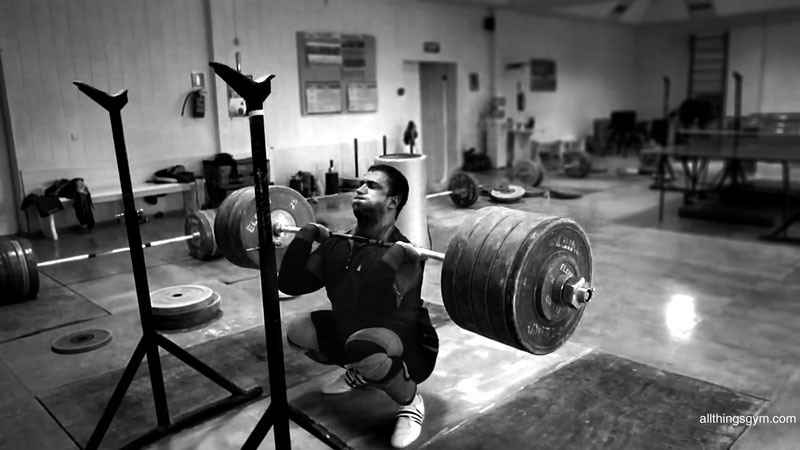
 Age: 20, born in 10.10.1992
Age: 20, born in 10.10.1992




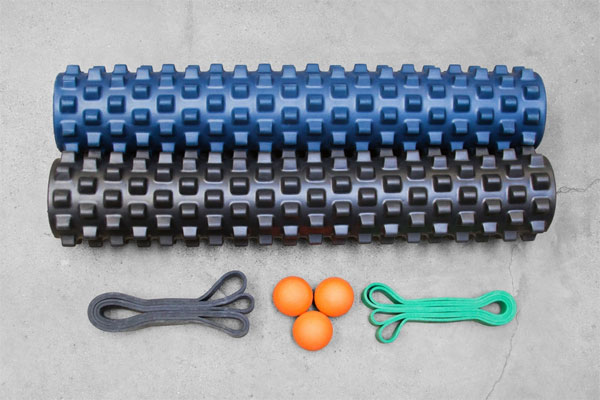
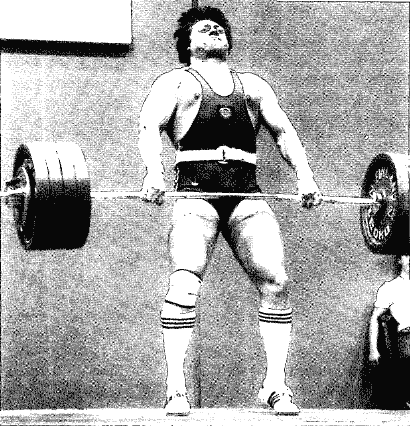 The model presented here (Tables 2 and 3 below) is that of the national weightlifting team of the former Soviet Union.
The model presented here (Tables 2 and 3 below) is that of the national weightlifting team of the former Soviet Union.

